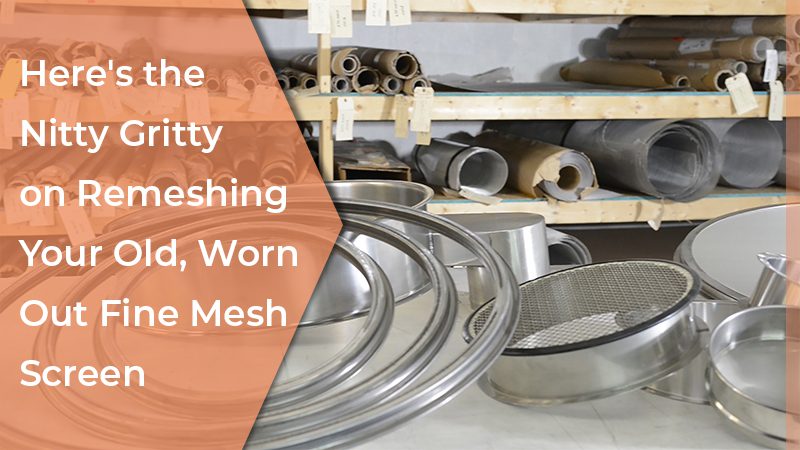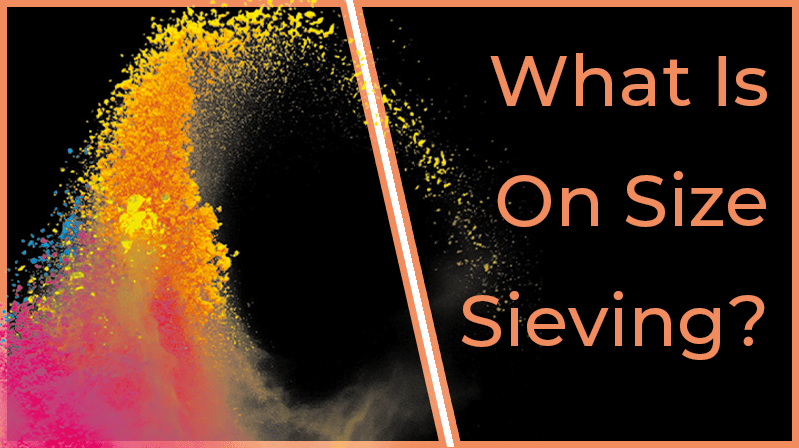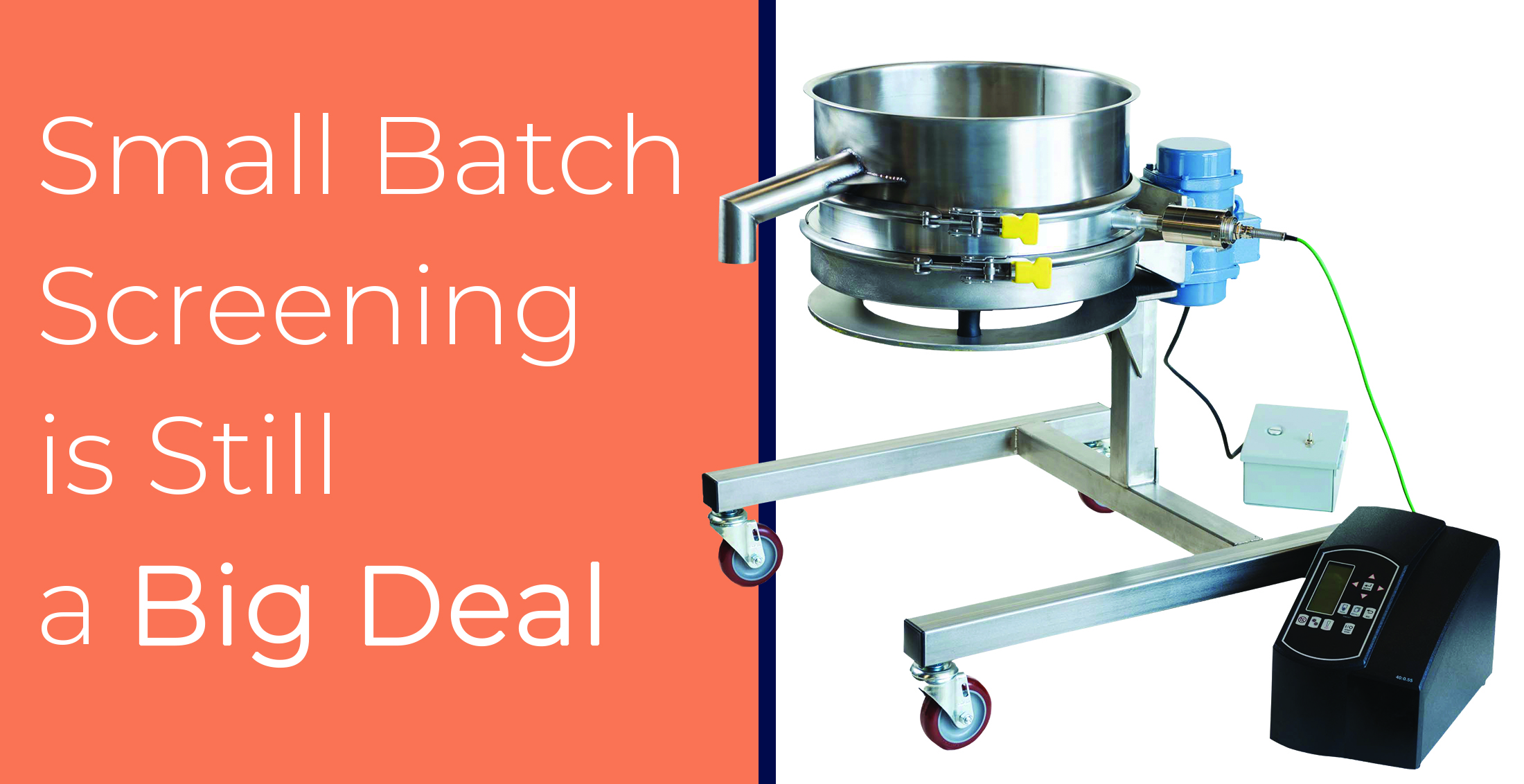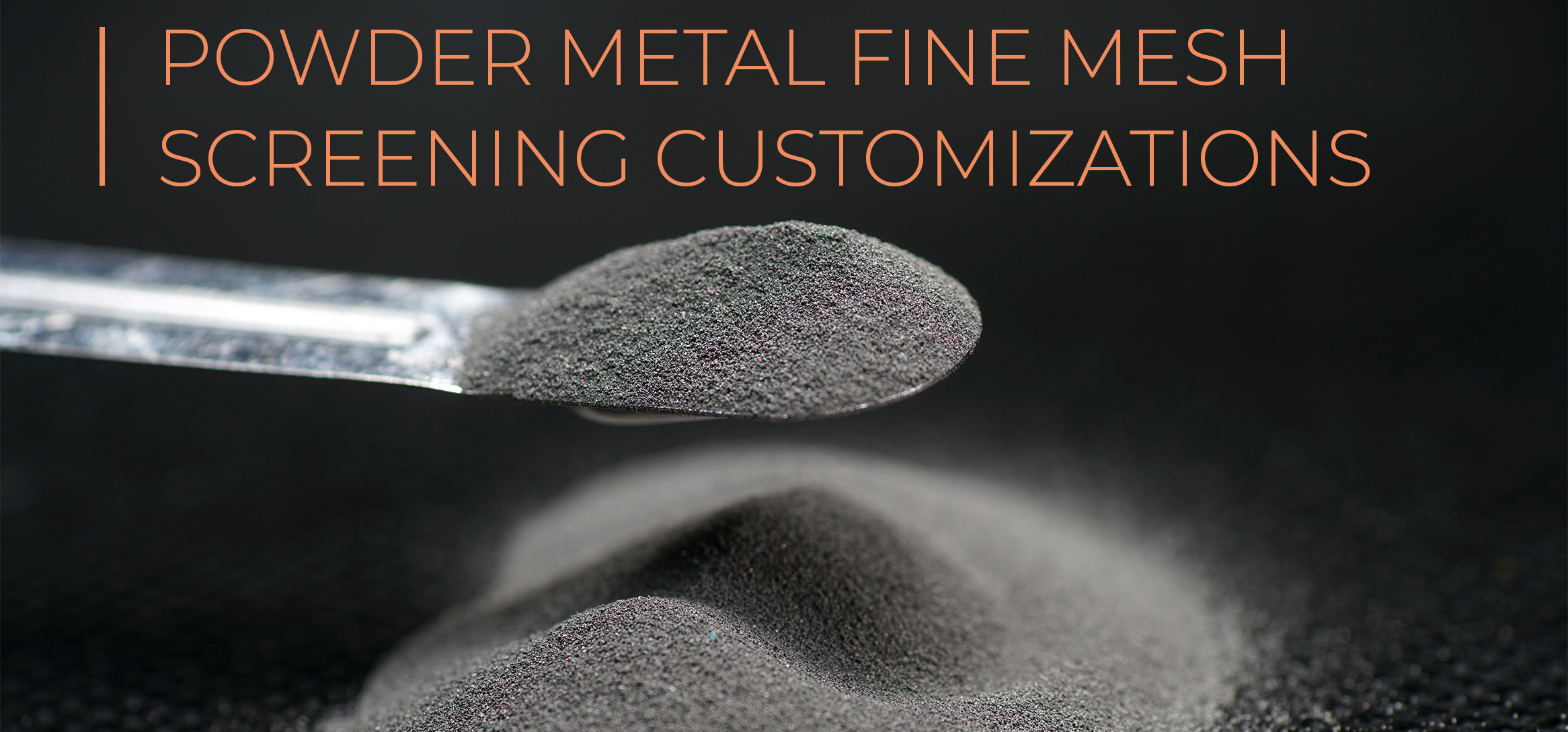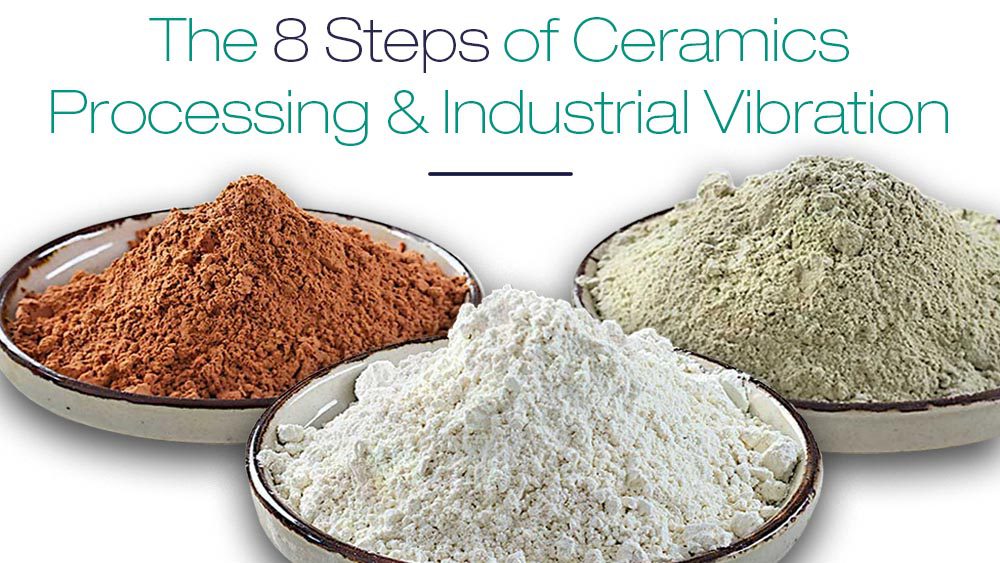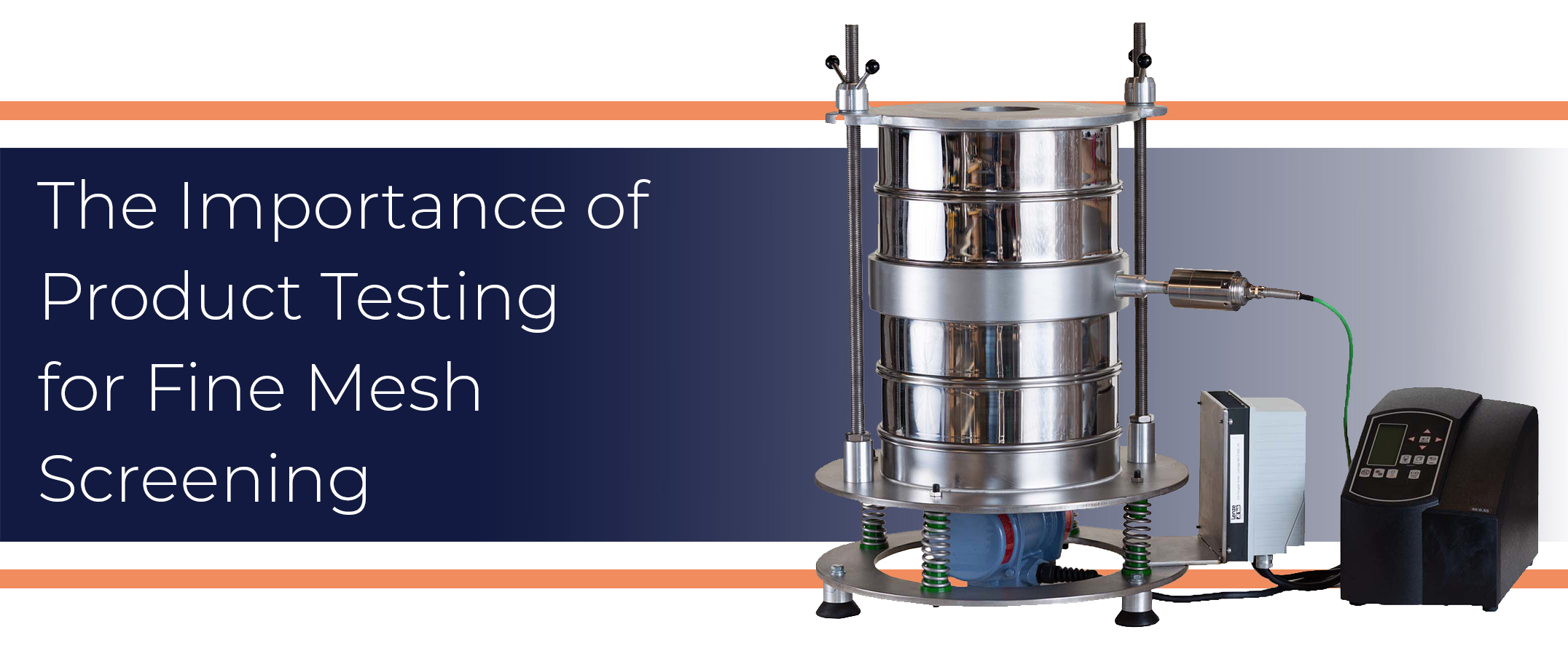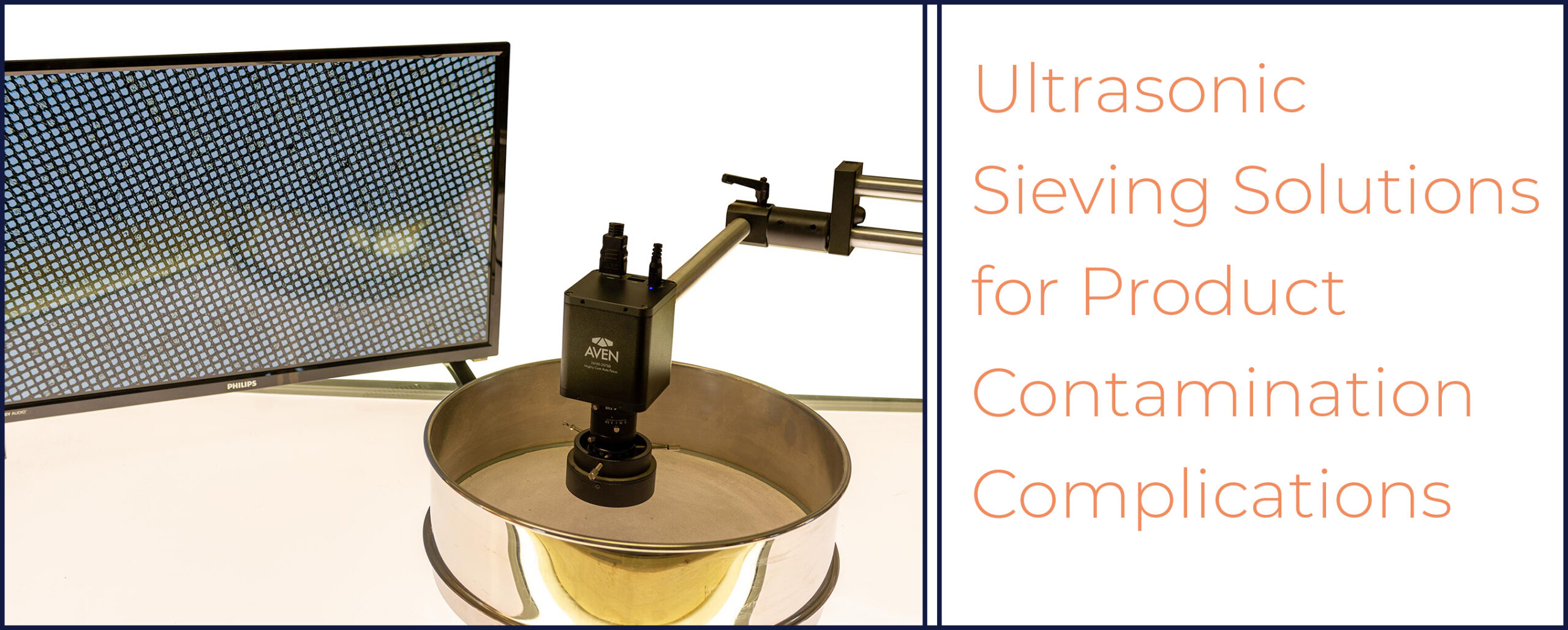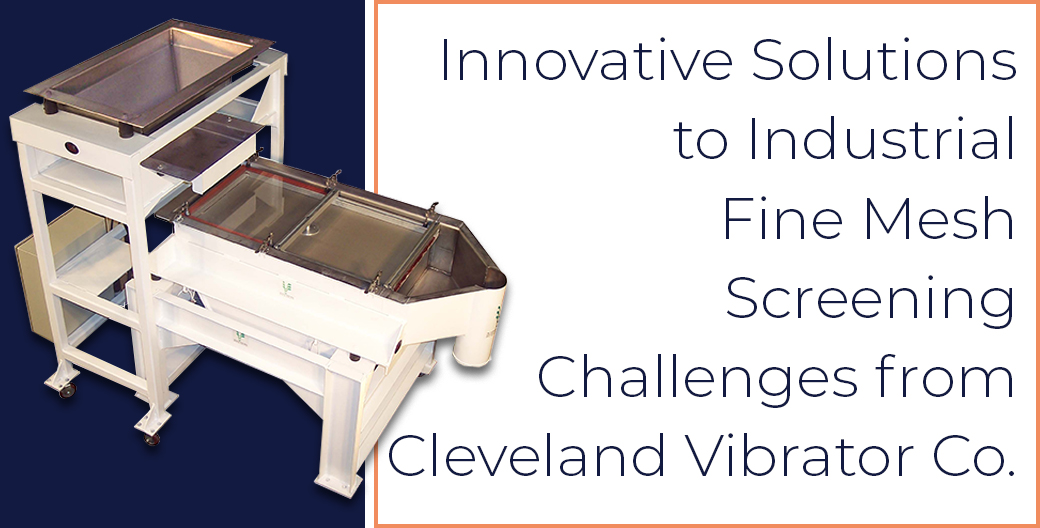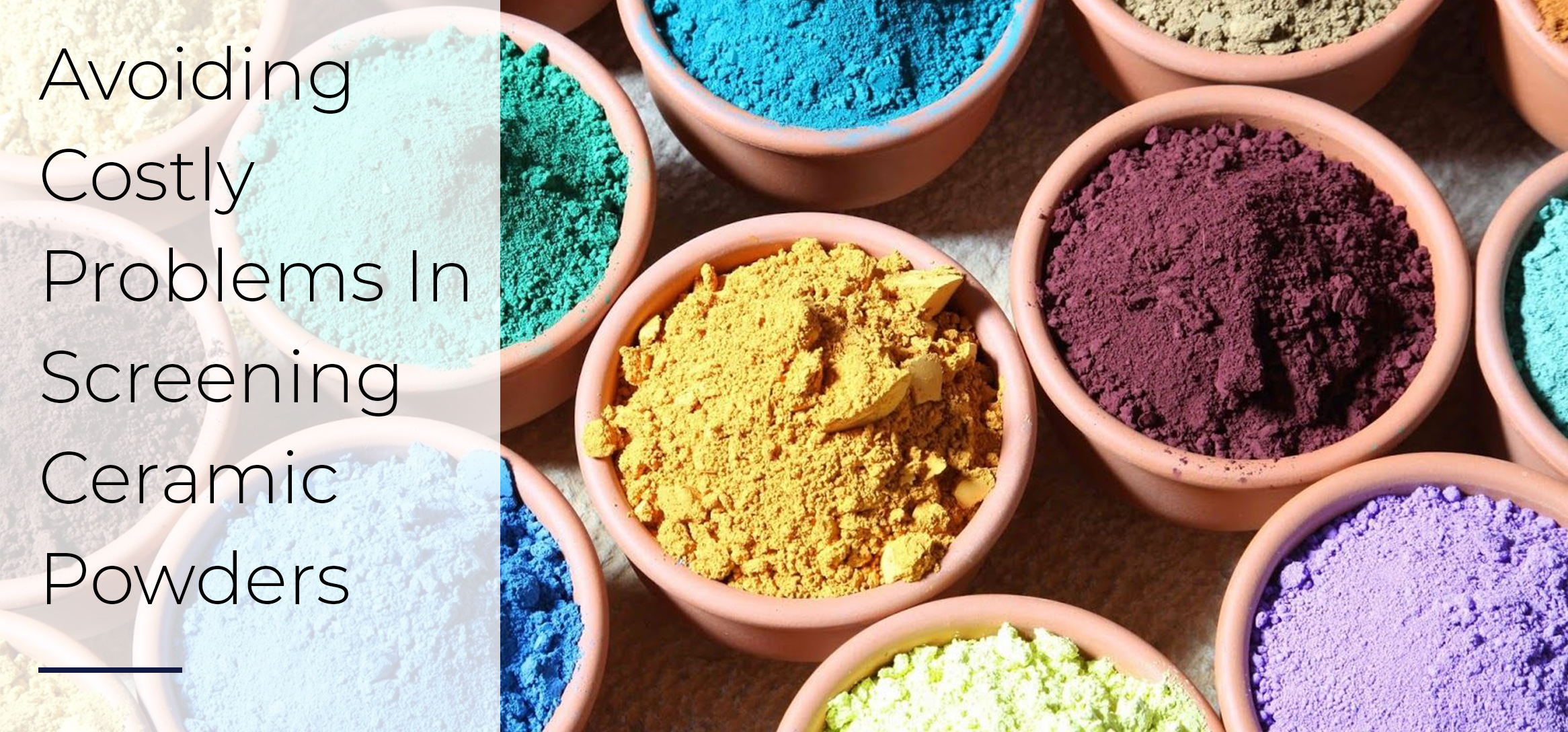Here’s the Nitty Gritty on Remeshing Your Old, Worn Out Fine Mesh Screen
By Jeff Hochadel
As a manufacturer of vibratory and ultrasonic screening systems, screen wear is a huge issue for any fine mesh equipment. One frequently asked question we get from customers is, “How often should I replace my screen or mesh frame?” That can be a complicated question to answer since there are many variables to consider, including:
- What type of material are you screening?
- How often and how long do you run your screening equipment?
- What mesh are you using? i.e., How fine is the mesh or micron size?
- Are you running your screener with ultrasonics?

Jeff Hochadel has over 25 years of experience building and selling vibratory screening equipment. Jeff is responsible for handling fine mesh screening applications for The Cleveland Vibrator Company. His expertise is utilizing our Ultrasonic Deblinding System to solve difficult screening problems. When Jeff is not visiting customers promoting our products you can most likely find him fly fishing.
Share this blog post:


